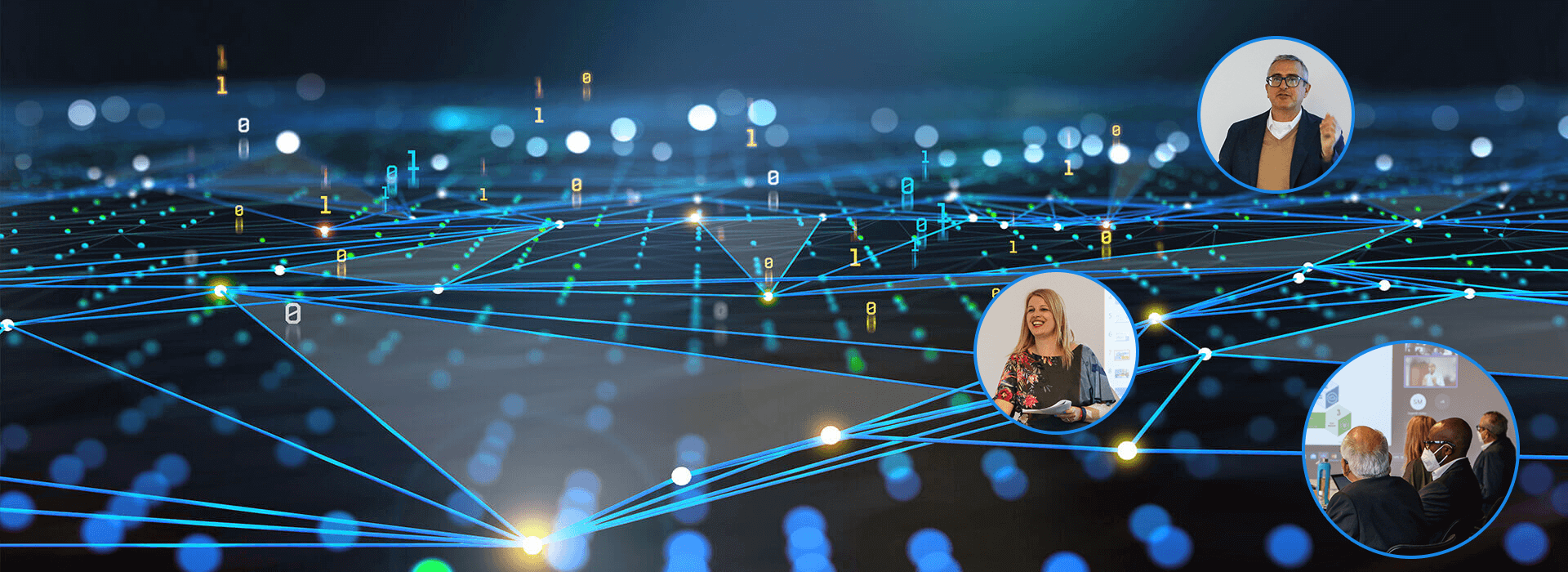CONASENSE is a scientific association active in the core areas of communication, navigation, sensor technology and services (CNSS). The 11th annual symposium was organized by the CTIF Global Capsule, Aarhus University (Prof. Dr. Ramjee Prasad ) and fortiss (Prof. Dr. Rute C. Sofia). 25 speakers participated in the hybrid event, 15 of who were expert guests at the fortiss Institute in Munich.
A look at future connectivity
The goal of this year’s symposium was to further spur discussions related to 6G in key technological areas such as communication, services and business models. At the moment, 6G is often being defined from a pure telecommunications perspective, and at the same time is viewed as an evolutionary paradigm that represents an extension of 5G.
The 5G technology, which is currently being employed in the core infrastructures of various industries, supports everything from high-quality communications services and intelligent factories, to vehicle-to-vehicle communication and a range of other new services. 5G and 6G will enable the large-scale transformation of traditional industries that have yet to digitalize. Satellites will play a crucial role as part of the seamless 5G and 6G networks, in which connectivity can be designed in an ecologically-sustainable manner.
The communications technology, which forms the foundation of the future society, continues to evolve in advance of all other technologies in order to prepare for the future. With a view toward 2030, initiatives will be launched to spur the development of 6G services. 6G embodies the core of the “human in the loop” principle that human interaction calls for.
Communications of the future will become more sustainable
For this reason, the presentations focused on the scientific, technological and societal developments, as well as the associated challenges. Numerous scientific presentations were held on the four key issues of communication, navigation and satellites, sensor technology and services. Two keynote sessions were also conducted to discuss aspects such as quantum communication, 5G to 6G security challenges and human-centric LiFi (light fidelity) in more detail. The symposium concluded with a podium discussion involving the public and the speakers with the aim of initiating important 6G research efforts between now and the year 2030.
The results of the event, as well as a summary of the presentations and the podium discussion, are available in the final report listed below.


